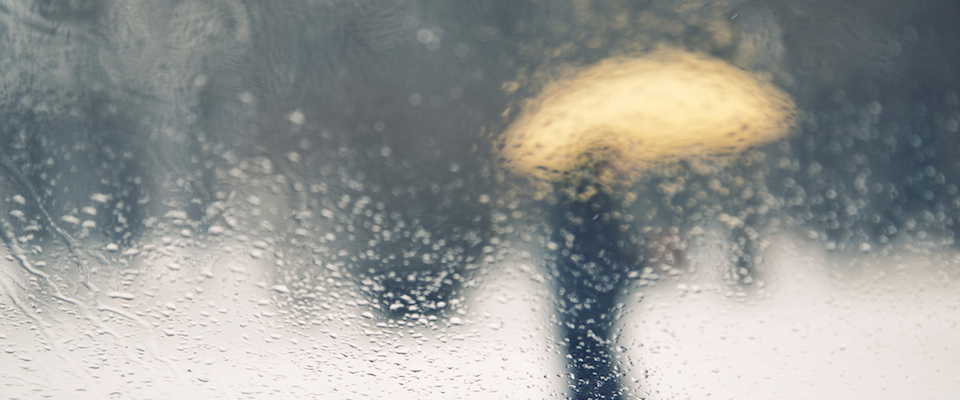All the recent sunshine and budding crocuses and gentle zephyrs may feel like the current El Niño is over, that we can bid adieu to the pounding rain, the surging rivers, the landslides, the Sierra blizzards, the stranded motorists on Donner Summit. Don’t bet on it.
“We may be mid-through the winter calendar-wise, but in terms of the precipitation season, we’re only about a third of way through,” says Doug Parker, director of the California Institute for Water Resources. “February and March typically produce more rain and snow than December.”
And that’s a good thing. (Try to remember that if you’re ever one of the drivers stuck in a storm at 7,000 feet on Interstate 80.) California derives most of its usable water from the Sierra snowpack, and right now that’s between 115 and 130 percent of normal. Drought-drained reservoirs are refilling at a smart pace. Lake Shasta is up to 55 percent of capacity from 30 percent in December, Lake Oroville stands at 47 percent from a December figure of 26 percent, and Folsom Lake is up to 61 percent from 15 percent. Coastal reservoirs are doing even better. Lake Sonoma and Lake Mendocino, which supply most of Sonoma County’s water needs, are brimming.
But that’s no reason for overconfidence, cautions Parker. More is more when it comes to water in California, especially after four years of punishing drought.
Snow is essential to a comfortably hydrated California: “The whole picture would change dramatically for the worse if it stops snowing.”
“The whole picture would change dramatically for the worse if it stops snowing,” says Parker. “And we could use more big storms. We haven’t had any of the Pineapple Express storms that can really put a lot of snow in the Sierra.”
And snow, as Parker emphasizes, is the essential element to a comfortably hydrated California. Rain is nice, but snowpack is critical. Rain can fill reservoirs, particularly reservoirs at the lower elevations and in the coastal regions. But the big reservoirs like Shasta and Oroville, the catchments that supply the state’s metropolises and the corporate farms of the San Joaquin Valley, need snow. If too much precipitation falls as rain, the major reservoirs have to be operated as flood control mechanisms: What goes in must soon go out, otherwise you end up with the City of Sacramento 20 feet under water and a vast inland sea from Fresno to the Delta. Only the leisurely springtime melting of a generous snowpack allows managers to fill the reservoirs carefully and judiciously to the tippy-top without the danger of downstream flooding.
Moreover, snow is essential for replenishing California’s severely overdrawn aquifers.
“Groundwater basins typically don’t recharge in a year,” says Parker. “It can take many years, even decades.”
The bottom line: Even in the best-case scenario, we won’t be (see air quotes here) out of the drought. Yes, we’ll be in a better position. If cities could breathe, they would be able to breathe a little easier. There should be more water to irrigate California’s abundant (some say excessive) almond plantings. Our beleaguered salmon may even get a reprieve, as more fresh water will be released down the Sacramento River. But that’s only if the current balmy weather ends, and we’re properly sodden from late February through March. If the blue skies remain, the snowpack will quickly dwindle, with much of the moisture sublimating into the atmosphere rather than bolstering our reservoirs and aquifers with runoff. We’ll start sipping off our distressingly finite stores, and soon find ourselves back behind a very dry eight ball.
Still, Parker, who holds a Ph.D. in agricultural and resource economics from UC Berkeley, sees no reason to freak. Yet. Government policies, he maintains, are slowly catching up with geophysical realities. He points to last year’s state groundwater management act as a good move.
“It has been disparaged by some because it won’t be fully implemented until 2040,” he says, “but it takes a long time to assess and manage groundwater basins, just as it takes a long time for them to recharge. That doesn’t mean we can’t make good progress in the interim. And as we move toward the goal line, we can make appropriate tweaks and adjustments. One thing, though—we need to stop making the existing problem worse. Drilling new wells and bringing more land into agricultural production makes the problem worse.”
Nor can we go back to our old mindset, the idea that there’s generally enough water in California except for those pesky and anomalous dry years.
“We need to have a new water ethic that recognizes water for the scarce resource that it is,” says Parker, “and that’s starting to happen. You see it in things such as a general acceptance of new landscaping models that rely on native species and use minimal water. I think that marks a permanent change in the way average citizens view water. As far as the current season goes, we’ll have to see what happens in the next couple of months. That will be the key to everything. But no matter how it goes, I doubt we’re going to see the lifting of all restrictions.”



















